The National WWII Museum, formerly known as The National D-Day Museum, is a military history museum located in the Central Business District of New Orleans, Louisiana, on Andrew Higgins Drive between Camp Street and Magazine Street.
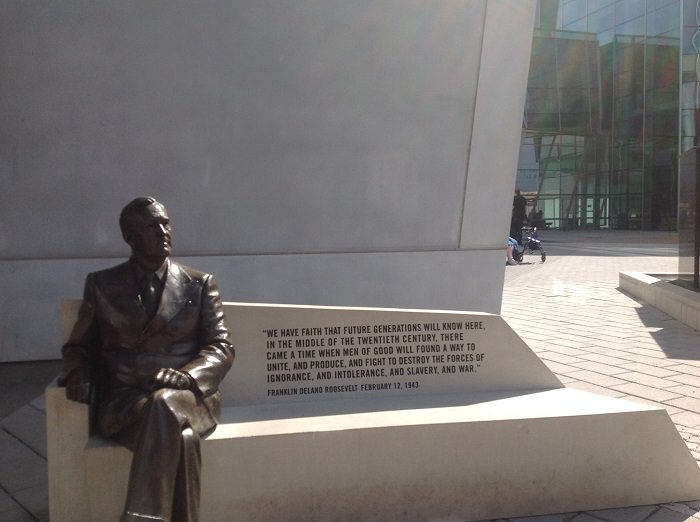
The museum focuses on the contribution made by the United States to Allied victory in World War II. Founded in 2000, it was later designated by the U.S. Congress as America’s official National WWII Museum in 2003.[2] The museum maintains an affiliation with the Smithsonian Institution.[3] The mission statement of the museum emphasizes the American experience in World War II
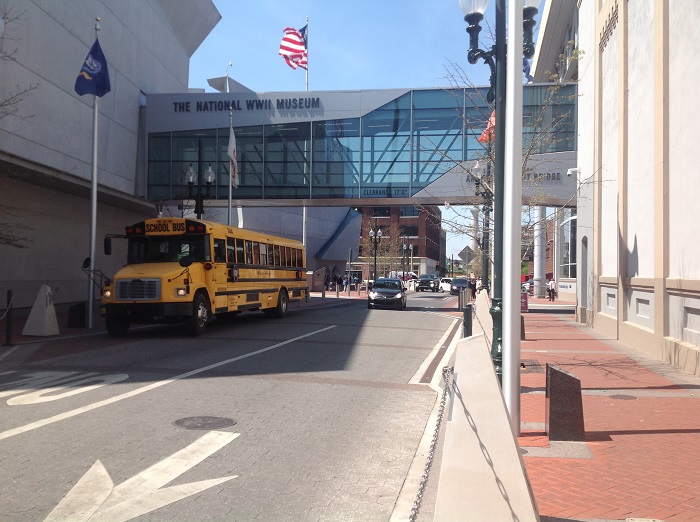
The museum opened on June 6, 2000, the 56th anniversary of D-Day, and has since undertaken a large-scale expansion project, which is still ongoing as of October 2017. In addition to the original building, known as the Louisiana Memorial Pavilion, the museum has since opened the Solomon Victory Theater, the John E. Kushner Restoration Pavilion, the US Freedom Pavilion: The Boeing Center, and the Campaigns of Courage pavilion.
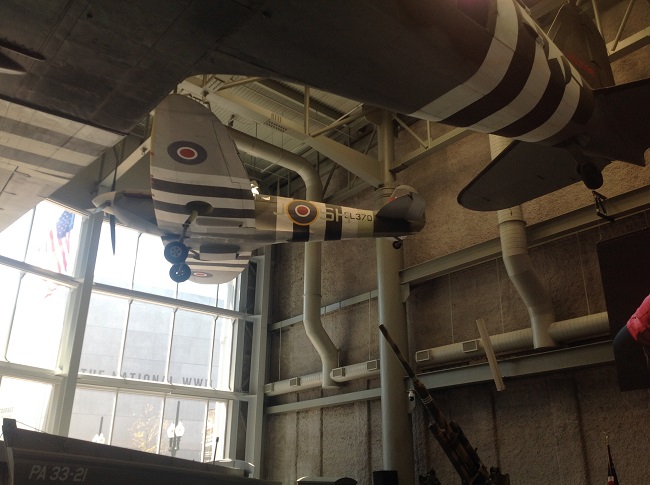
There are further plans to construct what will be called the Liberation Pavilion.[5] In 2017, the Museum was ranked by TripAdvisor Travelers’ Choice Awards as the #2 Museum in the United States and #2 in the World.[6]
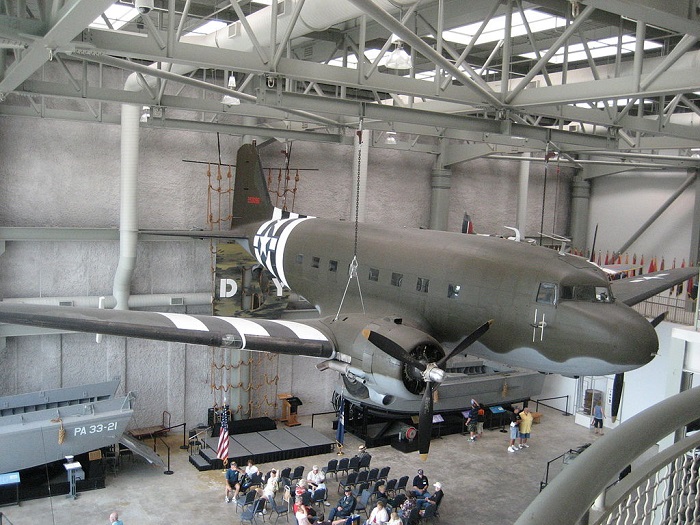
Within the large atrium of the Louisiana Memorial Pavilion several aircraft are on display, including a Supermarine Spitfire and a Douglas C-47 Skytrain suspended from the ceiling. A LCVP, or «Higgins boat,» is also usually on display in this pavilion. The exhibits in this pavilion focus on the amphibious landings in the European theater of the war and on the contributions of the Home Front.
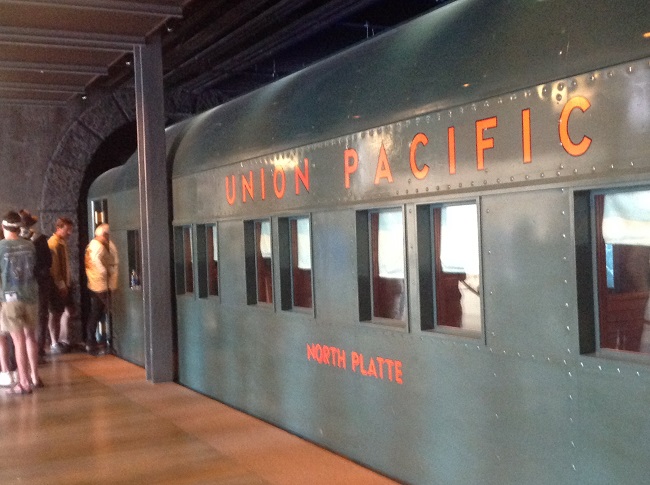
The Louisiana Memorial Pavilion is also home to rotating temporary exhibits, as well as the immersive and interactive Train Car (part of the larger «Dog Tag Experience» interactive), which opened in 2013.
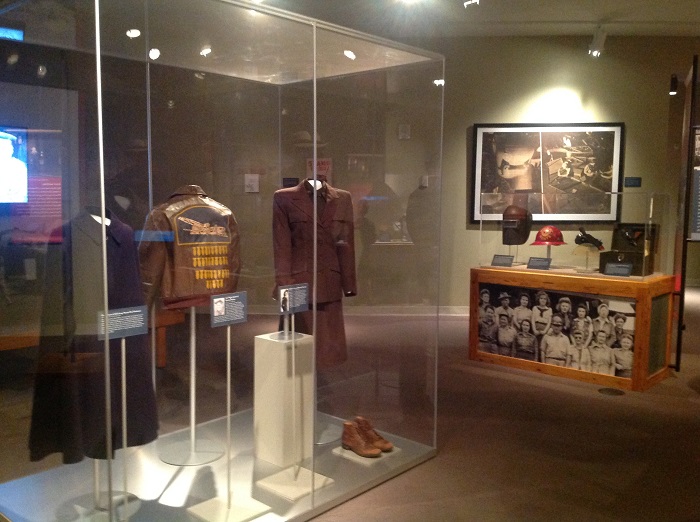
The National WWII Museum tells the story of the American experience in the war that changed the world—why it was fought, how it was won, and what it means today—so that all generations will understand the price of freedom and be inspired by what they learn.
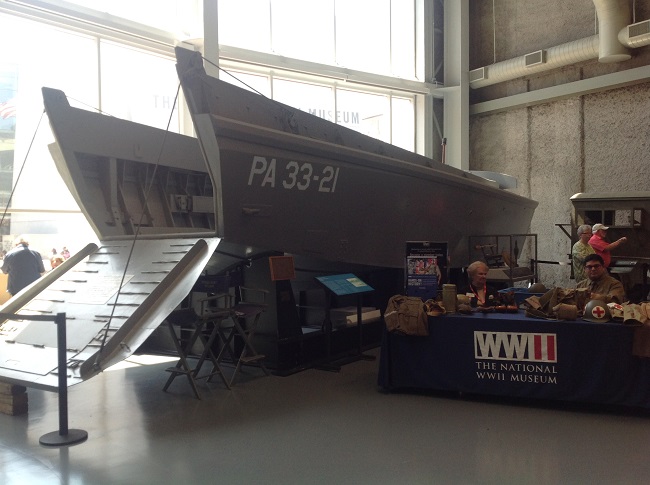
The arsenal of Democracy
The exhibit joins the WWII narrative that visitors experience across the Museum’s six-acre campus, with galleries that explore the road to war and then how the war was fought on the Home Front. Allied victory was an epic undertaking fueled by stateside industry, ingenuity, and the labor of millions of patriotic Americans.
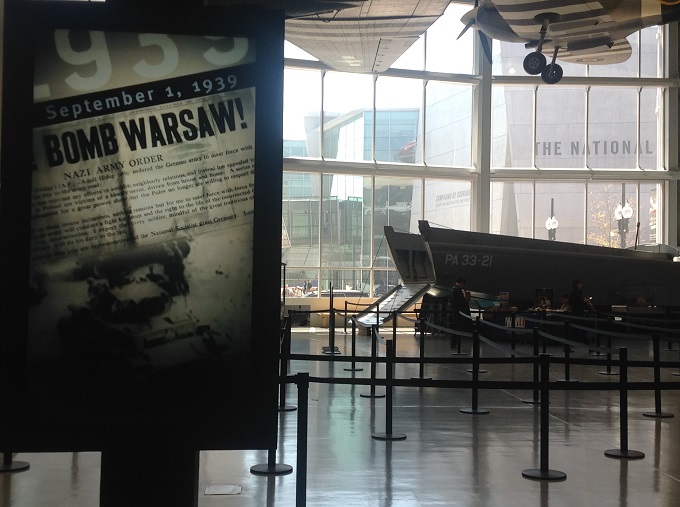
Through multimedia and interactive displays, and drawing on artifacts and oral histories from the Museum’s extensive collections, The Arsenal of Democracy creates countless opportunities for visitors to make personal connections with the men and women who helped win the war.
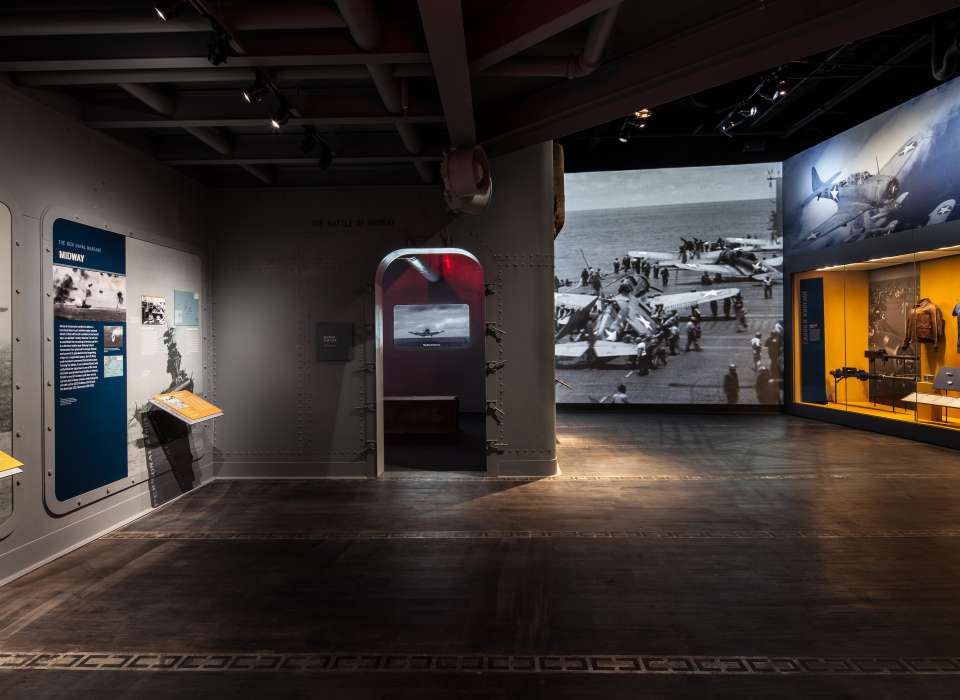
Road to Tokyo
Richard C. Adkerson & Freeport-McMoRan Foundation Road to Tokyo: Pacific Theater Galleries retraces the grueling trail that led from Pearl Harbor to Tokyo Bay by way of New Guinea and Southeast Asia, the Himalayas, Burma, the islands of the Pacific, China, India, and Alaska.
Exhibits explore the evolving strategy for fighting relentless Japanese forces in Asia and the Pacific, examining cultural differences, logistical challenges, and the staggering range of extreme conditions that confronted American military forces.
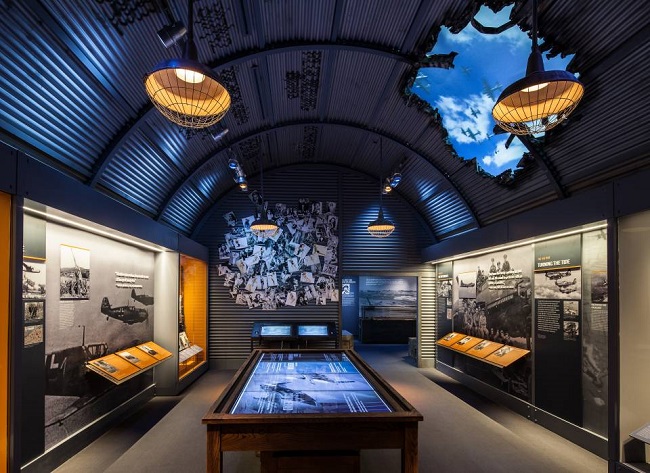
Road to Berlin
The Duchossois Family Road to Berlin: European Theater Galleries brings to life the drama, sacrifices, personal stories, and strategies of America’s campaign to defeat the Axis powers and preserve freedom.
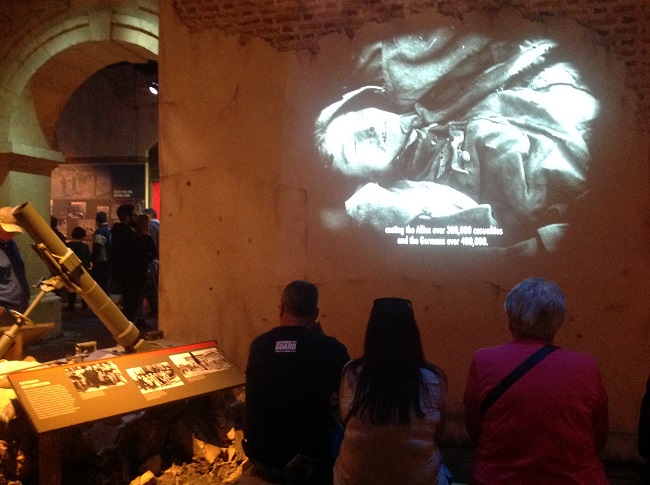
From faltering first battles in North Africa to the bloody struggle at Germany’s doorstep, the immersive galleries in Road to Berlin recreate actual battle settings and villages—with crumbling walls, bomb-torn rooftops, icy pathways, and a chillingly realistic soundscape—as the evocative backdrop for period newsreels, video histories, interactive kiosks, macro-artifacts, and digital displays dive deeper into the story.
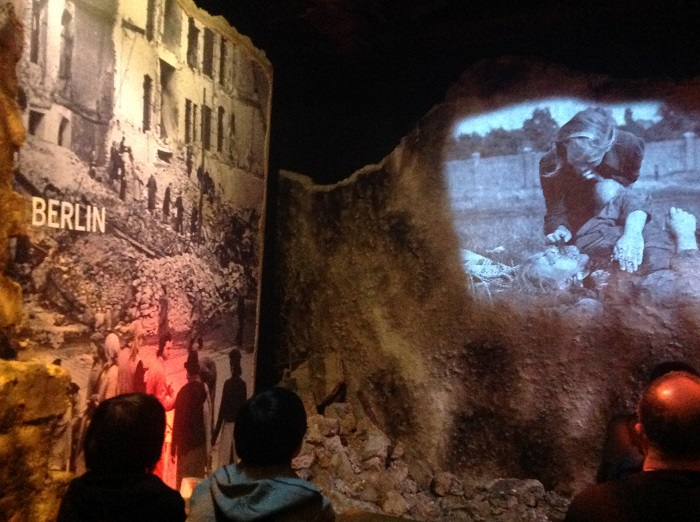
The result is a richly layered, multimedia experience that invites exploration and connection. Visitors are able to walk in the shadow of Normandy’s brutally dense hedgerows and imagine the challenges that followed D-Day;
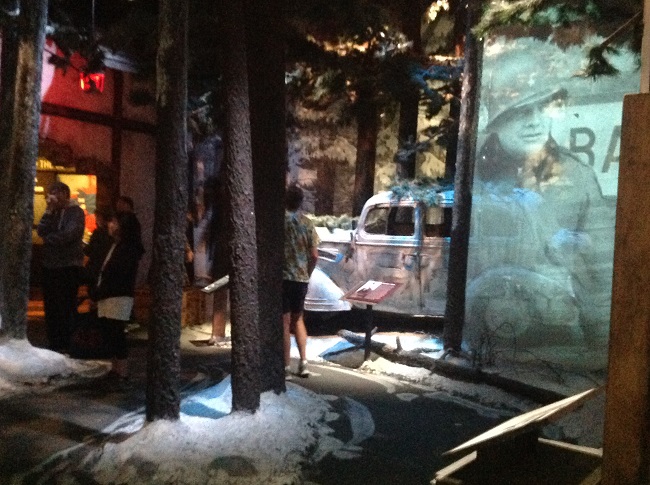
attend a mission briefing with the Bomber Boys and gain perspective inside America’s all-important air strategy; and see personal artifacts—cigarette boxes, photographs—scattered over real Normandy sand, providing a touching perspective on the human cost of the war.

